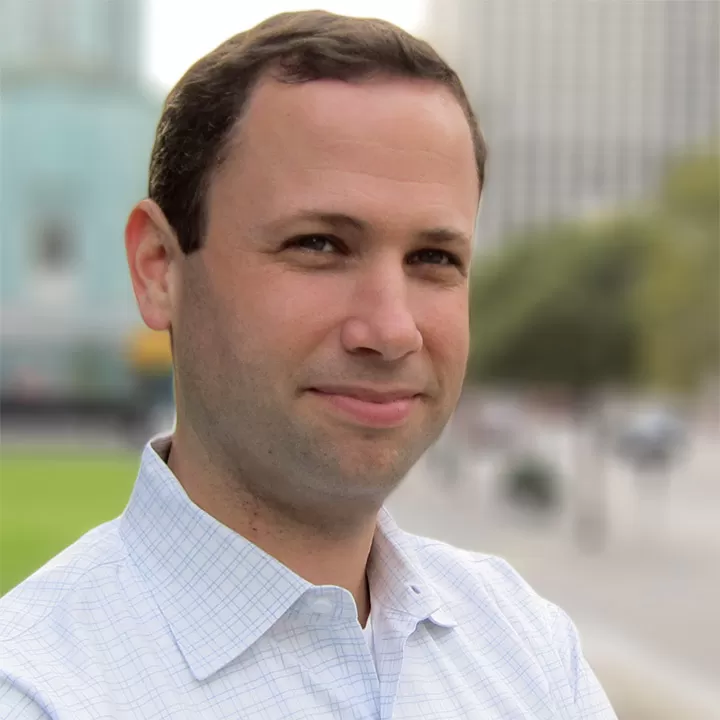Jonathan Nettler has lived and practiced in Boston, Washington D.C., San Francisco, New York, and Los Angeles on a range of project types for major public, institutional, and private developer clients including: large scale planning and urban design, waterfront and brownfield redevelopment, transit-oriented development, urban infill, campus planning, historic preservation, zoning, and design guidelines.
Jonathan is a member of the American Institute of Certified Planners (AICP) and serves on the Board of Directors for the Los Angeles section of the American Planning Association (APA) as the Vice Director for Professional Development. He is also active in local volunteer organizations. Jonathan's interests include public participation in the planning and design process, the intersection between transportation, public health and land use, and the ways in which new ideas and best practices get developed, discussed, and dispersed.
Jonathan previously served as Managing Editor of Planetizen and Project Manager/Project Planner for Ehrenkrantz Eckstut & Kuhn (EE&K) Architects. He received a Master of Arts degree in Architecture from the University of California, Los Angeles and a Bachelor of Arts degree in History from Boston University.
How Much of the World's Urbanization is Being Driven by Overseas Land Acquisitions?
Since 2006, agro-businesses, hedge-funds, financial firms, and government agencies have splurged on an overseas land-buying binge. As Saskia Sassen explains, such purchases disrupt the status quo, forcing local residents to migrate to cities.
Westside Fights Smart Growth: Can Any Development Navigate L.A.'s Traffic Nightmare?
On the Westside of L.A., where rush hour traffic slows to a crawl on the best days, a proposed transit-oriented development called the 'quintessential example' of smart growth by the Mayor's staff faces opposition to its size and attraction to autos.
The Case for Protecting Strip Malls from 'Commercial Gentrification'
As our suburbs diversify, the most affordable commercial districts found in such areas (often in strip malls) become an important entry point for immigrants to build their 'American Dream'. Kaid Benfield asks if such opportunities deserve protection.
Finding Room for a Million More New Yorkers
New York City's population is expected to grow by one million residents by 2040. But where can housing be built to accommodate all these new residents? A new report from a Columbia University think tank identifies the most promising candidates.
Could Golf Courses Become the Next Redevelopment Frontier?
In Portland, Oregon an unlikely partnership of environmental and business interests is supporting a plan to rezone an 84-year-old golf course to allow industrial development, bringing a new slant to the term 'greenfield development'.

























